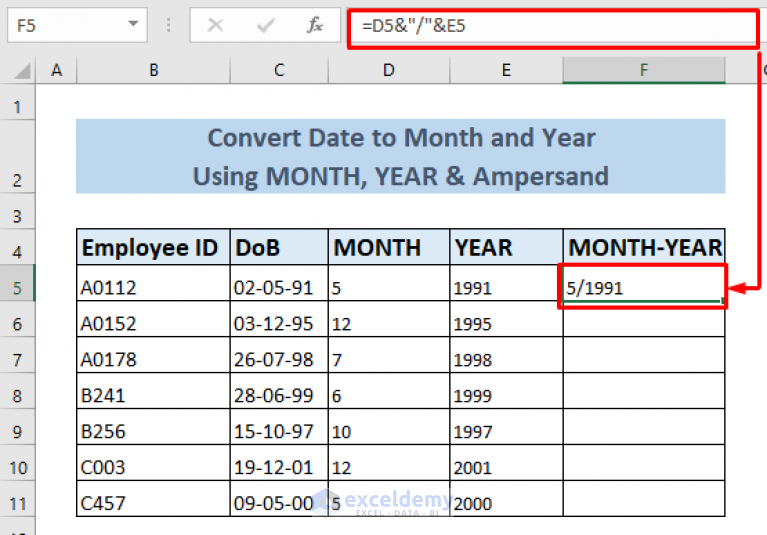How to Convert Dates in Excel: 5 Tricks

Date formatting and manipulation is an essential skill for any Excel user, especially when working with large datasets or when precision is required. Whether you're an experienced data analyst or a beginner looking to streamline your work, these five tricks will help you master date conversions in Excel, making your data handling more efficient and accurate.
Understanding Excel’s Date System

Excel uses a specific system to represent dates. Each date is stored as a serial number, where January 1, 1900 is represented by the number 1, and each subsequent day is one number higher. This means that January 1, 2024 is represented by the number 45378, a simple yet effective method for storing and manipulating dates.
Tricks for Date Conversions
Here are five techniques to help you convert and manipulate dates in Excel with ease:
1. The DATE Function
The DATE function is a powerful tool for creating dates in Excel. It takes three arguments: year, month, and day. For instance, =DATE(2024, 1, 1) will return the serial number 45378, representing January 1, 2024. This function is particularly useful when you have data in separate columns for year, month, and day and want to combine them into a single date format.
2. Custom Date Formats
Excel allows you to format dates in various ways. To access these formats, select the cells you want to format, then navigate to the Home tab, and click on the Number Format dropdown. Here, you’ll find options like mm/dd/yyyy, dd/mm/yyyy, or yyyy/mm/dd. Additionally, you can create custom formats by clicking on Custom and using codes like yyyy for the year, mm for the month, and dd for the day. This allows you to display dates exactly as you need them.
3. The YEAR, MONTH, and DAY Functions
These functions allow you to extract specific parts of a date. YEAR returns the year from a given date, MONTH returns the month, and DAY returns the day. For example, =YEAR(A2) will return the year from the date in cell A2. This is particularly useful when you need to analyze data based on specific parts of a date, such as creating year-over-year comparisons.
4. Converting Text to Dates
If you have dates stored as text, Excel provides a way to convert them into the correct date format. You can use the DATEVALUE function, which converts a date in the form of text to a serial number that Excel can recognize as a date. For instance, =DATEVALUE(“1/1/2024”) will return the serial number 45378. Alternatively, you can use the Text to Columns feature, found under the Data tab, to split the text into separate columns for year, month, and day, which you can then use with the DATE function.
5. Working with Time
Excel also allows you to work with time values. Similar to dates, time is represented as a decimal fraction of a 24-hour day. For example, 12:00 PM is represented as 0.5, and 6:00 PM is represented as 0.75. You can use the TIME function to create time values, and the HOUR, MINUTE, and SECOND functions to extract specific parts of a time value.
| Date Function | Description |
|---|---|
| DATE | Creates a date from year, month, and day values. |
| YEAR, MONTH, DAY | Extracts the year, month, or day from a date. |
| DATEVALUE | Converts a date in text format to a serial number. |
| TIME | Creates a time from hour, minute, and second values. |
| HOUR, MINUTE, SECOND | Extracts the hour, minute, or second from a time value. |

How do I handle dates before 1900 in Excel?
+Excel’s default date system doesn’t support dates before 1900. However, you can enable the 1904 date system in Excel’s settings. This will change the base date to January 1, 1904, allowing you to work with earlier dates.
Can I format dates to show only the day of the week?
+Yes, you can use the custom format ddd or dddd to show the abbreviated or full day of the week, respectively.
What if my date values are stored as numbers instead of serial numbers?
+If your date values are stored as regular numbers, you can use the TEXT function to convert them to a date format. For example, =TEXT(A2, “mm/dd/yyyy”) will convert the number in cell A2 to a date in the format mm/dd/yyyy.



